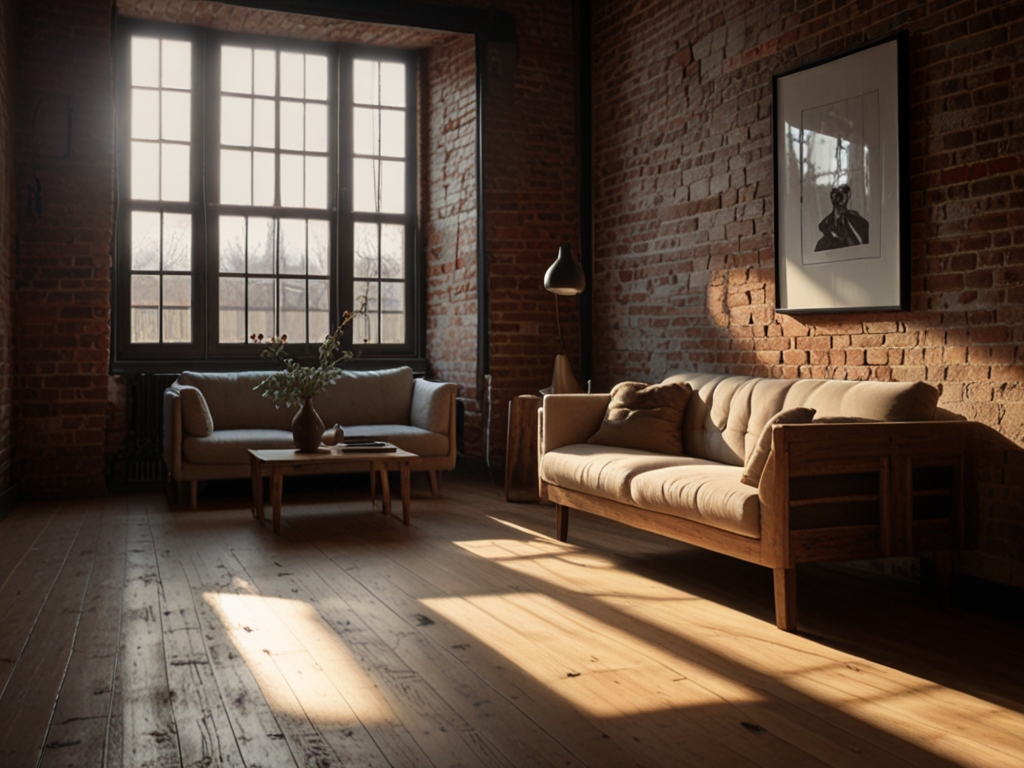In the world of architecture and interior design, capturing the essence of a space is paramount. Every line, curve, and texture tells a story, and it takes a skilled photographer to translate that narrative into captivating images. Architectural interior design photography goes beyond simply documenting a space; it aims to evoke emotions, showcase design details, and inspire viewers.
The Importance of Lighting
Lighting is arguably the most critical aspect of architectural interior design photography. Natural light can enhance the mood of a space, casting soft shadows and highlighting architectural features. However, mastering artificial lighting techniques is equally important, as it allows photographers to control the ambiance and accentuate specific elements within a room.

Composition and Perspective
Composition plays a pivotal role in conveying the scale and depth of a space. Photographers often experiment with different angles and perspectives to create visually dynamic images. Wide-angle lenses can capture expansive interiors, while close-up shots focus on intricate details, such as textures, materials, and craftsmanship.

Attention to Detail
Architectural interior design photography is all about capturing the minutiae that define a space. From the grain of a wooden floor to the intricate patterns of a ceiling, every detail contributes to the overall aesthetic. Photographers meticulously frame their shots to highlight these elements, creating a narrative that invites viewers to immerse themselves in the space.

Balancing Form and Function
A successful interior design photograph strikes a balance between aesthetics and functionality. While showcasing the beauty of a space is essential, it’s equally important to convey how it serves its purpose. Photographers often collaborate closely with designers and architects to understand the intent behind the design and ensure that it translates effectively through their images.

Evoking Emotion
Great architectural interior design photography has the power to evoke emotions and stir the imagination. Whether it’s the warmth of a cozy living room, the grandeur of a cathedral-like atrium, or the serenity of a minimalist workspace, photographers aim to capture the mood and atmosphere that define each space.

Post-Processing Techniques
Post-processing is the final step in the journey of creating compelling architectural interior design photographs. Through techniques such as color correction, exposure adjustment, and perspective correction, photographers fine-tune their images to perfection. However, it’s crucial to strike a balance and preserve the authenticity of the space, avoiding overly manipulated or unrealistic portrayals.
Architectural interior design photography is a multifaceted art form that requires technical expertise, creative vision, and a deep appreciation for space and design. By mastering the interplay of lighting, composition, and attention to detail, photographers can capture the essence of a space and inspire viewers to see the world through a new lens. Whether it’s a residential home, a commercial office, or a cultural landmark, each space has a story to tell, waiting to be brought to life through the art of photography.

Leave a Reply